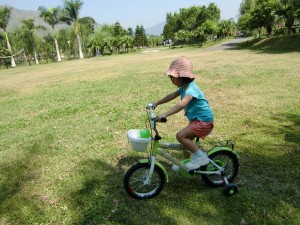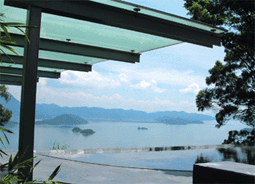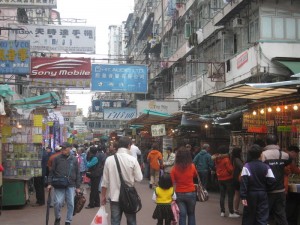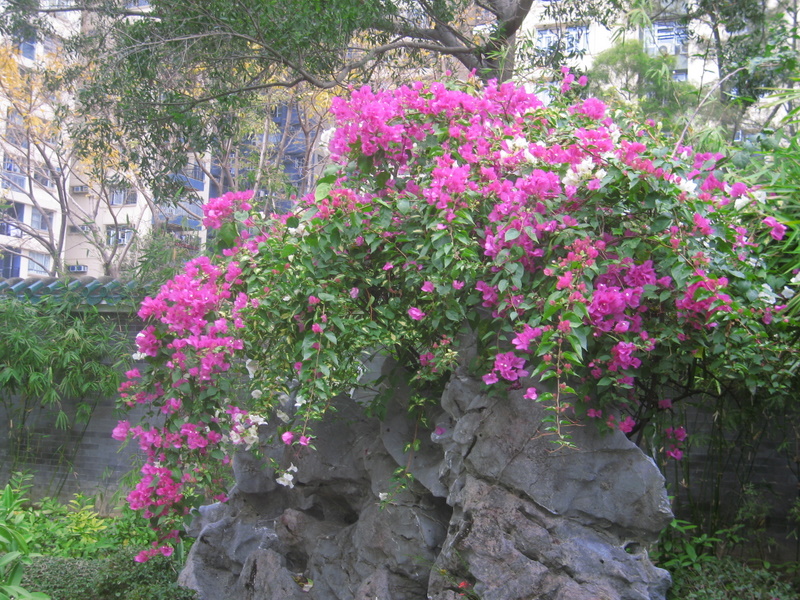There are not many countryside spots good for family activities in Hong Kong. So it was a pleasant surprise when I found this place: Kam Tin Country Club in Yuen Long.
This place is huge, occupying an expanse of open space, with grasslands, ponds, a ground for children electronic cars, a place for BBQ, farmlands, a children playground, etc.
 The electronic cars are children’s favorite activity. You can also rent a bike for HK$15 one hour, or buy a kite (for HK$30) to fly on the grassland.
The electronic cars are children’s favorite activity. You can also rent a bike for HK$15 one hour, or buy a kite (for HK$30) to fly on the grassland.
There are rabbits, squirrels, and goats raised on the land. The club’s website says there are over 100 rabbits. But it was disappointing to see only a few there when I made the visit last week.
There are some organic farms there. You can buy organic vegetables directly from an old couple farmers.
Beware that some local tours visit the club during the weekend. They usually arrive during the lunch time. So it is advisable that you arrive well before them to avoid the crowd.
No admission fee for entering the club.
How to get there:
Get off at MTR West Rail Line’s Kam Shueng Road station, take a taxi from the taxi stand outside the station. It costs only HK$17 and takes five minutes to get to the club.
When you leave the club, ask for a taxi call number from the staff, so that you can book a taxi to take you back to the MTR station, or wherever you want.
Website: http://yl.com.hk/ktcc/index.htm (only in Chinese, but the pictures on the website give you an overall view of the environment there)




